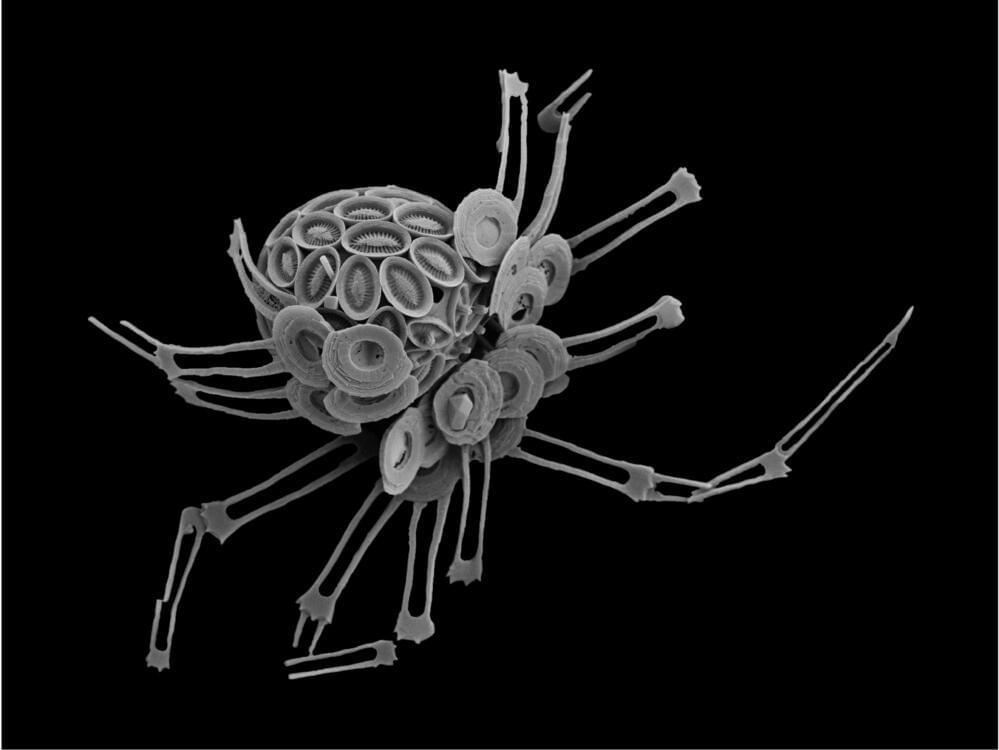Coccolithophores, a globally ubiquitous type of phytoplankton, play an essential role in the cycling of carbon between the ocean and atmosphere. New research from Bigelow Laboratory for Ocean Sciences shows that these vital microbes can survive in low-light conditions by taking up dissolved organic forms of carbon, forcing researchers to reconsider the processes that drive carbon cycling in the ocean. The findings were published this week in Science Advances.
The ability to extract carbon from the direct absorption of dissolved organic carbon is known as osmotrophy. Though scientists had previously observed osmotrophy by coccolithophores using lab-grown cultures, this is the first evidence of this phenomenon in nature.
The team, led by Senior Research Scientist William Balch, undertook their experiments in populations of coccolithophores across the northwest Atlantic Ocean. They measured the rate at which phytoplankton fed on three different organic compounds, each labeled with chemical markers to track them. The dissolved compounds were used by the coccolithophores as a carbon source for both the organic tissues that comprise their single cells as well as the inorganic mineral plates, called coccoliths, which they secrete around themselves. Uptake of the organic compounds was slow compared to the rate at which phytoplankton can take up carbon through photosynthesis. But it wasn’t negligible.
